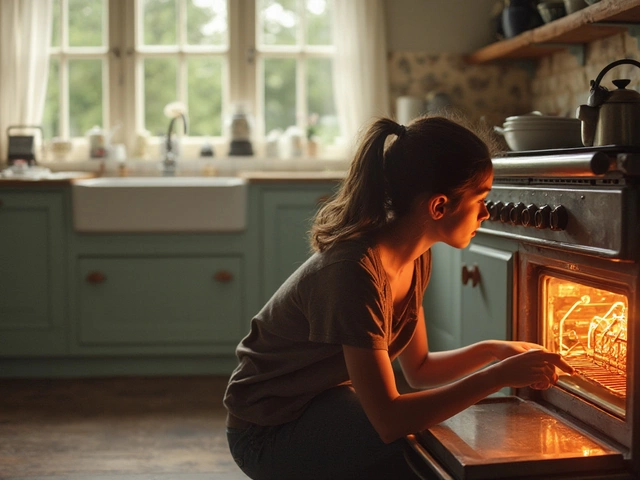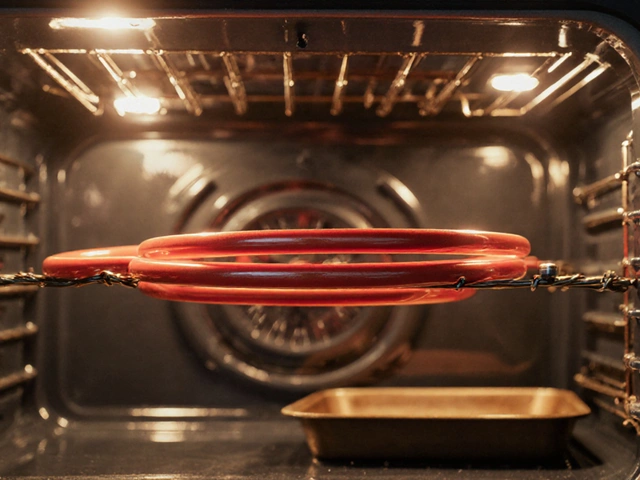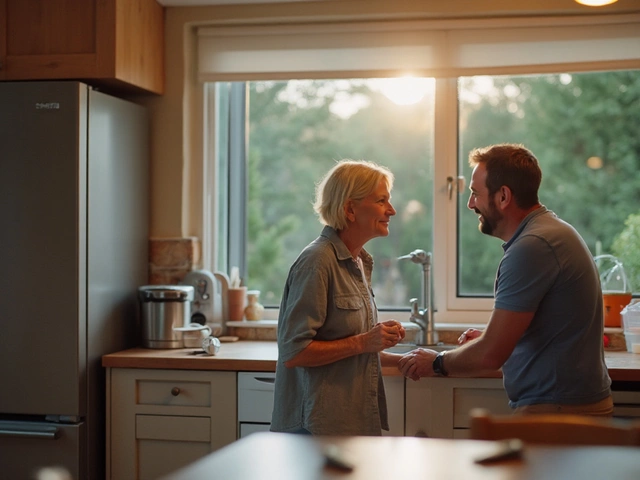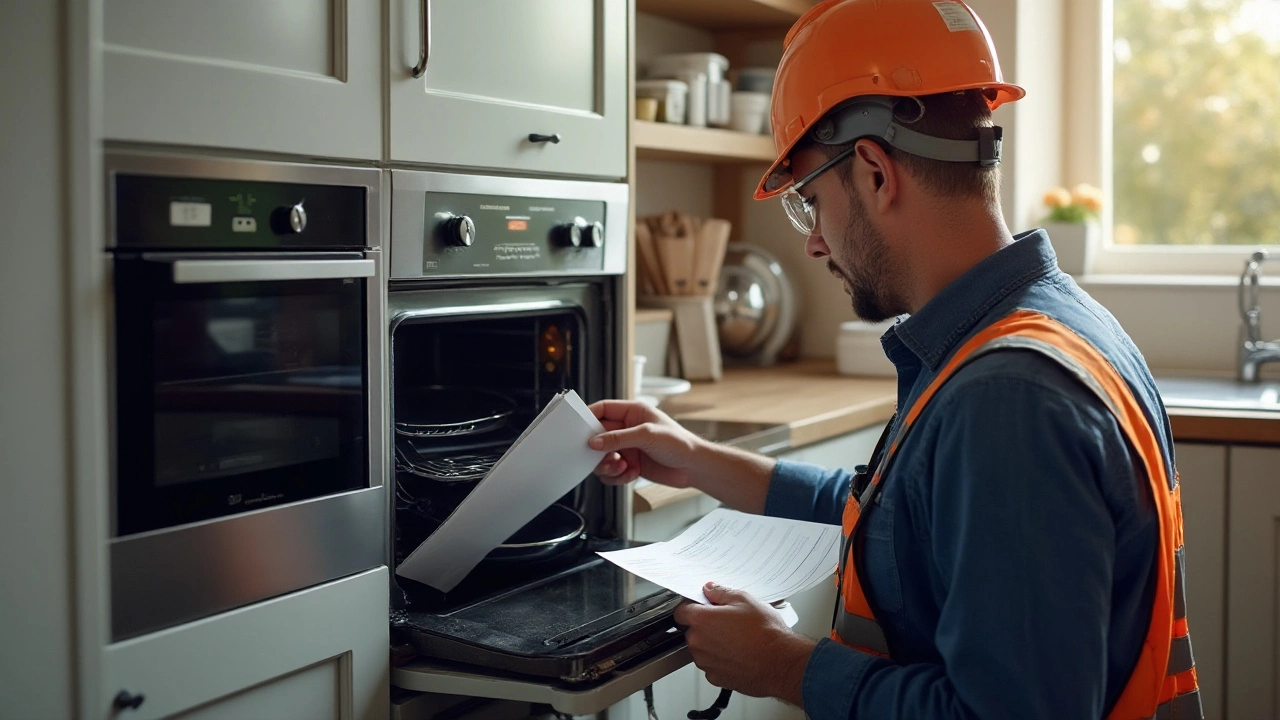Safe Electrical Work: Practical Tips to Protect Your Home
Messing with electricity can feel risky, but you don’t have to be scared if you follow a few clear rules. Whether you’re swapping a light switch, fixing a fridge plug, or checking a breaker, the right steps keep you safe and your appliances running.
When to DIY and When to Call an Expert
Simple jobs like replacing a socket cover or swapping a light bulb are fine for most homeowners. If the task involves opening a wall box, working inside a fuse board, or dealing with high‑voltage appliances, call a qualified electrician. The rule of thumb: if you’re unsure about the wiring colour code or the device is >200 V, stop and get help.
Another quick test is the “stop‑before‑you‑start” list. Ask yourself: Do I have the right tools? Do I know the circuit’s purpose? Is the power off? If any answer is no, it’s time for a professional.
Essential Safety Gear and Checks
Before you flip any switch, turn off the circuit at the consumer unit. Use a voltage tester to confirm the wires are dead – never trust a visual check alone. Wear insulated gloves and stand on a dry, non‑conductive mat. A pair of safety glasses protects against sparks, and a rubber‑soled shoe adds an extra barrier.When you reconnect wires, double‑check that live (brown or red), neutral (blue or black), and earth (green‑yellow) are in the right places. A loose earth can cause shocks, and a reversed live can fry appliances.
After the job, switch the power back on and test the outlet or device with a plug‑in tester. If the lights flicker or you smell burnt plastic, turn the power off immediately and call an electrician.
Keeping a tidy workspace also matters. Clear away water, tools, and clutter that could cause a slip or short‑circuit. Label circuits in the fuse box so you and future helpers know which of them control which rooms.
Finally, stay up to date with the latest wiring regulations. In the UK, Part P of the Building Regulations covers most domestic electrical work. If your repair falls under Part P, you may need to notify your local authority or have the work inspected.
By following these steps, you’ll reduce the risk of shocks, fire, and costly damage. Safe electrical work isn’t about being an expert; it’s about respecting the power, using the right tools, and knowing your limits. When in doubt, call Rugby Appliance Repair Services – we’ve got the training and insurance to handle any job safely.






